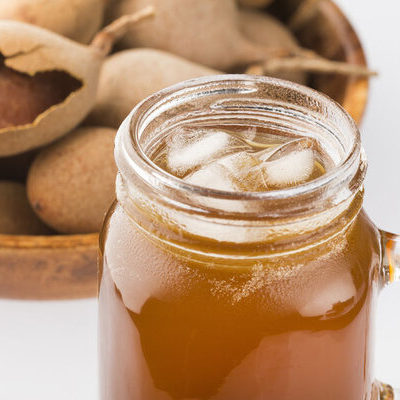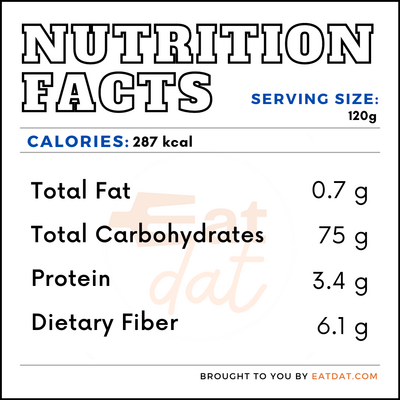
Tamarind Juice
What is Tamarind Juice?
Tamarind juice is a juice extracted from the tamarind fruit, which is a brown, sweet, and sour fruit pod. This fruit finds its place in Indian and African cuisines, as well as some parts of Asia.
- There are two types of tamarind: sweet and sour.
- This fruit juice is also commonly used to add a tangy or sweet flavor to foods.
In 2018, India produced over 200,000 metric tons of tamarind.
Some popular ways to use this fruit juice are:
- Chutneys
- Marinades
- Meat tenderizers
- Curries
- Sauces
Origin
The fruit has its roots in tropical Africa and is also popular in Sudan. It later found its way into India, where it is cultivated extensively. Ancient Greeks and Egyptians were also familiar with this fruit. In the 1600s, tamarind was introduced to America, and much later in 1797, one of the first tamarind trees was planted in Hawaii. The tamarind plant is also grown in places like South Florida and Mexico. Today, tamarind paste and juice are some of the more common ways people consume the fruit.
Nutrition
One cup containing 120g of tamarind pulp can supply:

This juice has several health benefits, including:
- It is rich in antioxidants, which are good for preventing cancer and diabetes.
- It is rich in magnesium, which is important in bone formation and blood sugar control.
- This juice can help to control appetite and promote weight loss.
- It can help maintain stable blood pressure.
- It contains vitamins and minerals that purify the blood.
- This drink can help to relieve constipation.
However, there are some health concerns associated with this. For instance, if you have gallstones, you should limit your intake of this juice. Also, due to its acidic nature, this juice can cause acid reflux in your body, which can be worse for some individuals.
Commercial production
Although tamarind has been growing in India for a long time, the commercial value of its juice has only recently been explored. The common commercial way to process the juice used to be to soak the pulp in water and squeeze it out. Nonetheless, this method was unhygienic and time-consuming. Furthermore, potassium bitartrate, an acid present in the fruit’s pulp, could not be properly extracted with this method.
However, research has helped to devise a way to produce standardized and higher quality tamarind concentrate. This process produces clean juice in an enclosed container. With the aid of specialized industrial equipment, it is possible to extract juice from its pulp and maintain the potassium bitartrate.
Some varieties of the fruit used for extraction include:
- PKM 1
- Urigam
- Hasanur
- Tumkur pratisthan
- DTS 1
- Yogeshwari
Application
This fruit juice is simple to make. You can even add honey, lime juice, or ginger to give the blend more flavor. To make this juice, you’ll need fruit pulp, water, and sugar. Then, follow these steps:
- Place the pulp in a mixing bowl.
- Boil the water and pour it over the tamarind pulp.
- Add sugar and stir the mixture.
- Allow the mixture to stand for some hours and strain it through a clean cloth.
The best way to store this is to place it in the refrigerator. If stored properly, it can last for a maximum of two weeks.
Tamarind juice recipes
This fruit juice can bring plenty of flavor to a variety of dishes. Here are some popular recipes:
FDA regulation
The Food and Drug Administration recognizes tamarind as a safe substance for its intended juice or any other purpose. This pod-like fruit should be of appropriate food grade and can be handled as a food ingredient. The quantity of tamarind in any food should be reasonable to accomplish its required effect.
References
Sasi, Rekha. ”How to Extract Juice from Tamarind and Store It.” sasirekhaskitchen.com, sasirekhaskitchen blog 30 Jan. 2017, www.sasirekhaskitchen.com/how-to-extract-juice-from-tamarind-and-store-it/how-to-extract-juice-from-tamarind-and-store-it.
MeliBug. “Tamarind Juice.” Food.com, Food blog, 27 June 2008, www.food.com/recipe/tamarind-juice-310798.
“CFR – Code of Federal Regulations Title 21.” accessdata.fda.gov, U.S Food & Drug Administration, 1 Apr. 2019, www.accessdata.fda.gov/scripts/cdrh/cfdocs/cfcfr/CFRSearch.cfm?fr=182.20.
